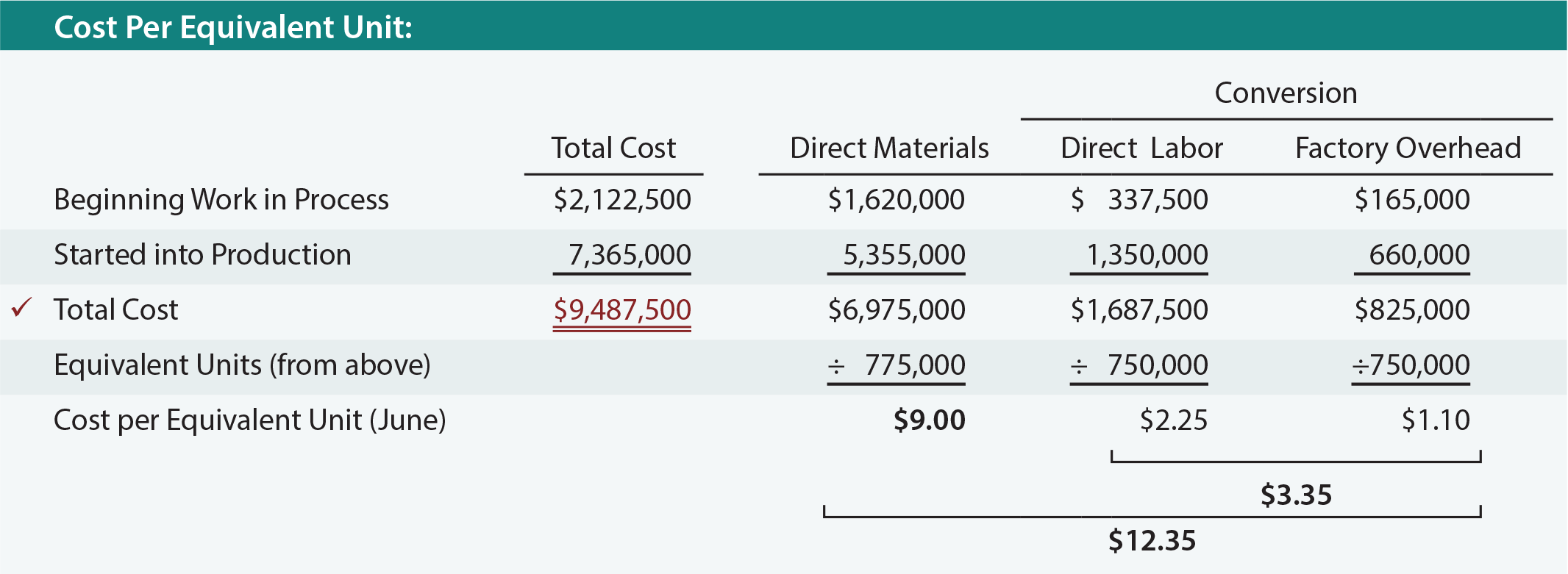Content

You just don’t want to be stuck with inventory that isn’t going to sell or may go bad, since that will tie your money up. Holding inventory for a long period also educes return on investment, as excess capital is tied up in inventory during this time. Another interpretation is that Target predicted faster sales growth than in previous years. Remember that the pace of sales is measured by backward-looking COGS; if sales were to grow dramatically, it wouldn’t take the full 74 days to turn over inventory in one quarter. Get instant access to video lessons taught by experienced investment bankers.
Inventory management software collates many layers of data and integrates with ERP systems. Days in inventory is basically used to determine the efficiency of a particular company in converting inventory into sales. It is calculated by dividing the number of days in the period by inventory turnover ratio. The numerator of the days in the formula is always 365 which is the total number of days in a year. Inventory management software is all but mandatory when using DII for decision-making purposes.
Days Inventory Outstanding Formula
It also determines the number of days for which the current average inventory will be sufficient. Companies use this metric to evaluate their efficiency in using their inventory. So, a stock audit becomes a mandatory activity that must be practiced to know the exact inventory before calculating the Inventory days on hand. Only when you know the existing inventory on hand can you predict, forecast demands, and make consumer-centric decisions by stocking the products right. It’s nothing when you have a stock-taking app that automatically assigns tasks daily based on the stock audit suggestions.
What is the meaning of days of inventory?
Days in inventory is a metric that measures how many days it takes to sell your current or average level of inventory. Inventory is measured in dollars, not units, so it doesn’t necessarily mean every item in stock would be sold.
This means that it would take Company A 4.5 days to sell all of its inventory at the current sales pace. Days of inventory on hand can also help you predict future storage costs. If you know that your DOH is high, you can anticipate that your storage costs will increase in the future. If you can identify inefficiencies in your inventory management, you can make changes to improve your DoH.
Examples of Days in Inventory Formula
It helps the management to understand the inventory that a business needs to hold during its daily course of business. Days payable outstanding is a ratio used to figure out how long it takes a company, on average, to pay its bills and invoices. David Kindness is a Certified Public Accountant and an expert in the fields of financial accounting, corporate and individual tax planning and preparation, and investing and retirement planning.
- Instead of waiting for financial statement compilations to get quarterly or annual numbers, good software will let you generate metrics in real time for any length of period you want.
- Cost of Goods Sold value is taken from the Income Statement and Inventory is taken from the Balance Sheet.
- To calculate using the first method, we would take our average inventory ($100,000) and divide it by our cost of goods sold ($80,000).
- This metric can help you make more informed decisions regarding manufacturing, buying products, storing inventory, marketing, and selling goods to customers.
Having good days of inventory levels will vary based on the company size, the industry, and other factors. It also instills confidence in the operation of your business and lowers the risk of ending up with worthless dead stock. In short, Inventory Days of Supply shows the average time between your company purchasing the products/ items and selling them to customers. In case of a manufacturer, this metric measures the average time between the purchase of the raw materials and the sale of the finished product to a distributor.
How do you calculate inventory days on hand?
Simply put, it’s the number of times you sell your inventory for a given accounting period. For example, say you have sold through your inventory 5 times in a year. If you ever want to know about the efficiency of inventory management of a firm, you should look at both – inventory turnover ratio and inventory days.

Inventory liquidity, you’re in danger of losing your trendy edge, as the money you spend on inventory stays tied up in stock that isn’t selling. If you have poor inventory liquidity, customers are likely to see the same things available on your shelves every time they return. That means they’re likely to return less often, and your competitors will be better able to lure them away with newer products.
Why Does Inventory Days on Hand Matter?
We also reference original research from other reputable publishers where appropriate. You can learn more about the standards we follow in producing accuHow To Calculate Days Of Inventory On Hand, unbiased content in oureditorial policy. The leading retail corporation Walmart had inventory worth $56.5 billion and cost of goods sold worth $429 billion for the fiscal year 2022.
- With ShipBob’s network of nationwidefulfillment centers, you have access to a powerful geographic footprint.
- Inventory is typically a merchant’s greatest investment and can tie up a great deal of capital.
- By having accurate measures of stock enables people to plan, manage cash flow, supervise the flow of products/materials and improve the quality of customer service.
- Inventory management is very important because it consumes one of the largest parts of operational capital.
- Days of inventory on hand can have a big impact on a business’s operations and bottom line.
This is considered to be beneficial to a company’s margins and bottom line, and so a lower DSI is preferred to a higher one. A very low DSI, however, can indicate that a company does not have enough inventory stock to meet demand, which could be viewed as suboptimal. The denominator (Cost of Sales / Number of Days) represents the average per day cost being spent by the company for manufacturing a salable product.
